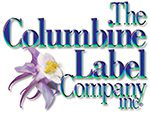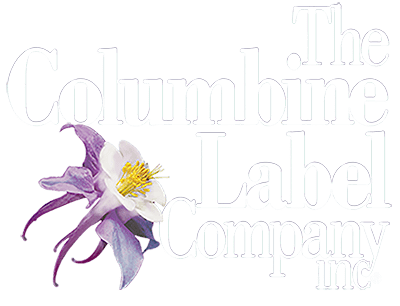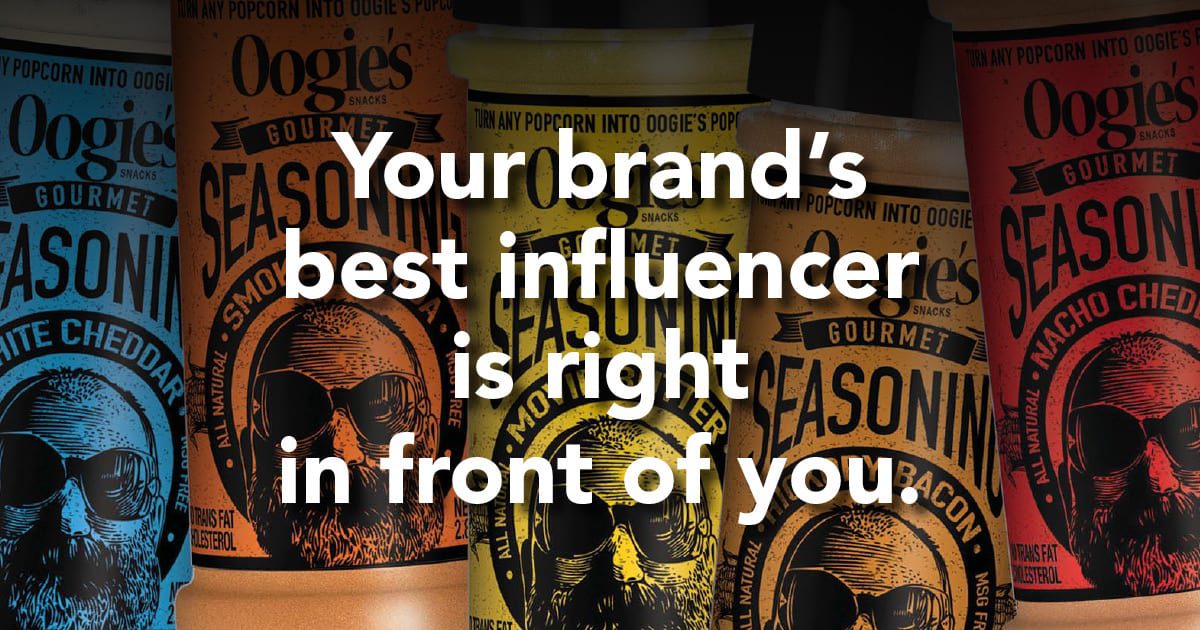Your product label is a highly visible — and extremely influential — face of your brand. As a powerful path to purchase, labels speak to consumers, whether they’re shopping online or in person. Research shows that almost 70 percent of retail purchases are made on impulse with product selections made in less than eight seconds. So it is imperative that your package label tells a story that captures your brand and compels buyers to pick you over the oodles of options available.
To succeed, your product label needs to excel in three critical functions:
- Provide information
- Convey your image
- Attract customers
Here’s how to maximize your success with each task…
Put your label to work for you
Labels communicate your brand name, product name and key benefits. Safety and tracking information are also key components of a label. But today’s consumers are label savvy. They also look to labels to determine if the product meets their standards, beliefs and concerns for aspects like high-quality, healthy, or eco-friendly ingredients.
A Food Marketing Institute study shows that 75 percent of consumers will choose a brand that provides more in-depth product information. Labels give you a chance to hit their hot buttons.
Ask yourself: Does my label clearly provide:
…ingredients listings?
…nutrition and health claims, if applicable?
…manufacturing or packaging origin?
Be careful not to crowd your label with too much, or less important, information like sustainability logos, seals and stamps. Consider this revelation from a recent packaging study: 40 percent of shoppers claimed that sustainability influenced their purchases, yet 92 percent didn’t notice sustainability logos on food packaging.
Turn your label into your best brand ambassador
Everything about packaging says something about you. The colors, the graphics, even the size and shape work together to tell your customer who you are. Together, they convey your brand.
Branding as we know it today has been around since the 19th century with the advent of packaged goods and can be tied to, believe it or not, illiteracy:
During the Industrial Revolution, the production of many household items, such as soap, was moved from local communities to centralized factories to be mass-produced and sold to the wider market. Illiteracy was still prevalent and packing crates were handled by stevedores who couldn’t read. Factories branded their logo or insignia on the barrels used and the logo of the companies to which the cargo was being shipped. This allowed the products to be delivered to the proper location.
Ask yourself:
• What is our brand story?
• What image do we want to convey? Are we retro? Modern? Eco-aware? Fun? Bold?
• Who is our customer? What appeals to them?
Your answers will inform how you approach your packaging and label design. Keep asking these questions. You might find your answers will evolve over time. And that’s okay. Keep reading to determine when it’s time for a label redesign.
Use your label to attract customers
Consumers are visual. They buy with their eyes. Colors and graphics draw in customers in mere seconds which makes effective label design crucial to success. It is particularly important for online sales where consumers don’t have an opportunity to see, feel, hold or even smell your product in person.
Start your label (re)design process by establishing who you are and want to be, and who your customer is. Then choose design elements that will have the greatest appeal.
Ask yourself, what design trends might work?
– Retro-futurism? Bright, neon colors, minimalist logos, retro typography
– Gradients and blurs? For a cool and edgy persona
– Maximalism? Heavy, opulent, detailed graphic elements
– Earthy and pastel palette? Capturing the feel of natural and organic products
– Holographic or iridescent? Edgy, but fun and youthful
– Transparent? Ideal for products that have a distinct color
When to change your label design
“New packaging, same great product!” You see it on product labels every day. Brands are constantly redesigning their product packaging and labels. The reasons are varied:
– New product formulation
– Promote new product benefit(s)
– A change in packaging size or shape
– Rebranding
– Stand out from competition with similar packaging
Hitting the refresh button on your label design can do wonders for sales. Sometimes it’s as strategic as using a previous design.
Faced with slumping sales a few years ago, MillerCoors’ started selling Miller Lite in the retro can design as part of a campaign to promote its original low calorie brew. Sales increased nearly 5 percent in a matter of months – without changing the product, simply the can.
Now ask yourself…
– Are my labels working as hard as they should be?
– Do they tell the right brand story?
– Are they attracting customers, online and in store?
Then let your answers be your guide to your label designs and decisions.


